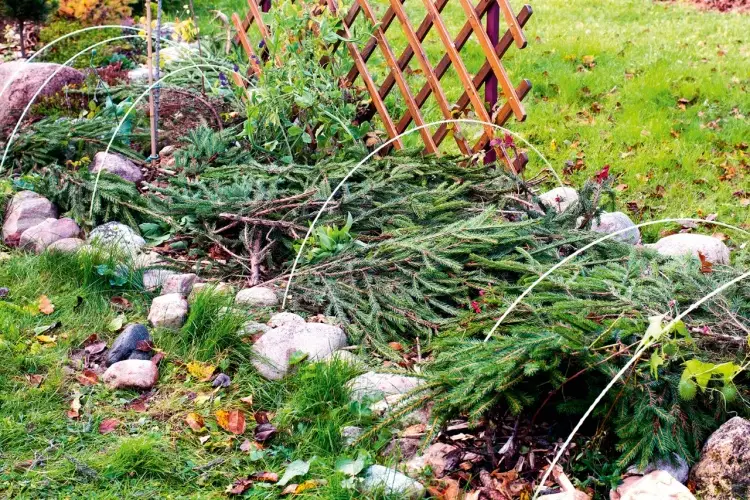Giving a second life to your Christmas tree after the holiday season can be a sustainable and eco-friendly way to extend its usefulness. Here are several creative ways to repurpose or recycle your Christmas tree:
- Mulch: Many communities offer Christmas tree recycling programs where trees are chipped into mulch. Check with your local municipality to see if they provide this service. The mulch can be used to enrich your garden or as a ground cover in various landscaping projects.
- Compost: If you have a home compost pile, you can cut the branches and use them as brown material in your compost. The needles will break down over time, and the compost can be used to enrich your garden soil.
- Wildlife Habitat: Place the tree in your backyard to create a wildlife habitat. Birds and small animals can use it for shelter and nesting. Decorate it with bird feeders or strings of fruits for added attraction.
- Erosion Control: In some coastal areas, used Christmas trees are placed along the shoreline to help prevent erosion. This repurposing of trees can contribute to the health of local ecosystems.
- Crafts and DIY Projects: Cut branches and stems from the tree to create unique crafts and DIY projects. You can make wreaths, garlands, rustic picture frames, or even wooden coasters from the tree’s wood.
- Firewood: If your tree was not treated with fire-retardant chemicals and you have a fireplace or wood-burning stove, you can cut it into manageable pieces for firewood. Make sure it is completely dry before burning.
- Plant Support: Use branches to support climbing plants in your garden. They can serve as trellises for beans, peas, or other vining plants.
- Aromatic Sachets: Remove the needles from the tree and create aromatic sachets or potpourri. The needles can retain their pleasant scent for some time.
- Pine Needle Tea: Pine needles can be used to make pine needle tea, which is a good source of Vitamin C. Be sure to identify your tree correctly as some species are toxic.
- Donate: Many organizations accept donated Christmas trees for various purposes, such as erosion control or wildlife habitat. Check with local environmental groups or parks to see if they can use your tree.
Remember to remove all decorations, tinsel, and lights before repurposing or recycling your Christmas tree. Giving your tree a second life in one of these ways can be a wonderful way to reduce waste and contribute to a more sustainable holiday season.
Just dispose of the Christmas tree after a few weeks? That would be much too bad. We have three ideas how you can reuse its branches in the garden.
Contents
winter protection for soil and plants
If the Christmas tree has reached the end of its useful life, it is quite easy to give it for secondary use. The prerequisite for this is that it has not yet lost all its needles. If this is the case, cut off the branches and spread the brushwood as winter protection on the beds or under shrubs. Plants in window boxes can also be effectively protected from heavy frost.
It is important to remove the branches in spring in time after the last heavy frost, so that light and air can get to the plants again.

shelter for wild animals
If you have already created a pile of leaves as a refuge for hedgehogs & co. in autumn, you can now place fir branches over it as a protective roof. However, be careful not to dig too much in the leaves so as not to disturb any inhabitants. Or you can build a new shelter from the branches in a quiet corner of the garden.
home remedies against snails
Slugs avoid areas that are covered with dry, stinging needles. Strip the needles from the branches and then scatter them as densely as possible around snail-prone plants in the spring so that the ground is completely covered. Even better than the blunt and relatively soft needles of the Nordmann fir work the pointed needles of the spruce.


